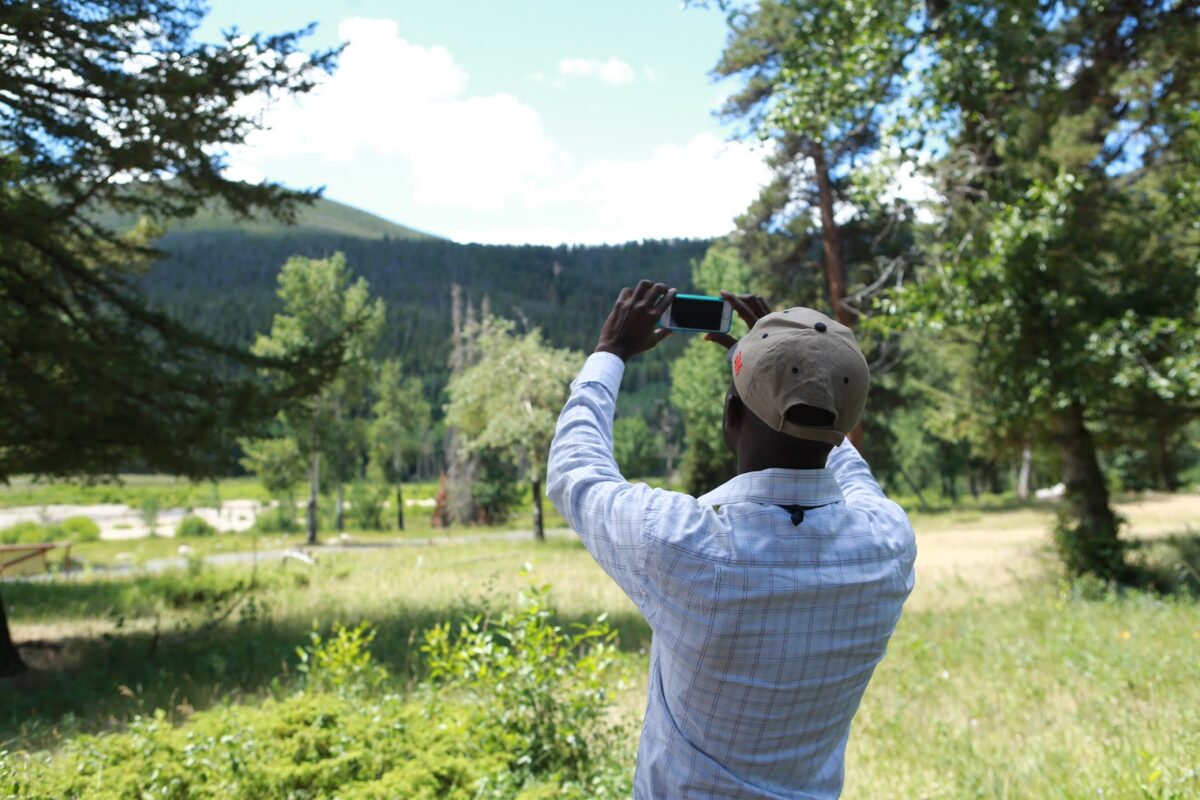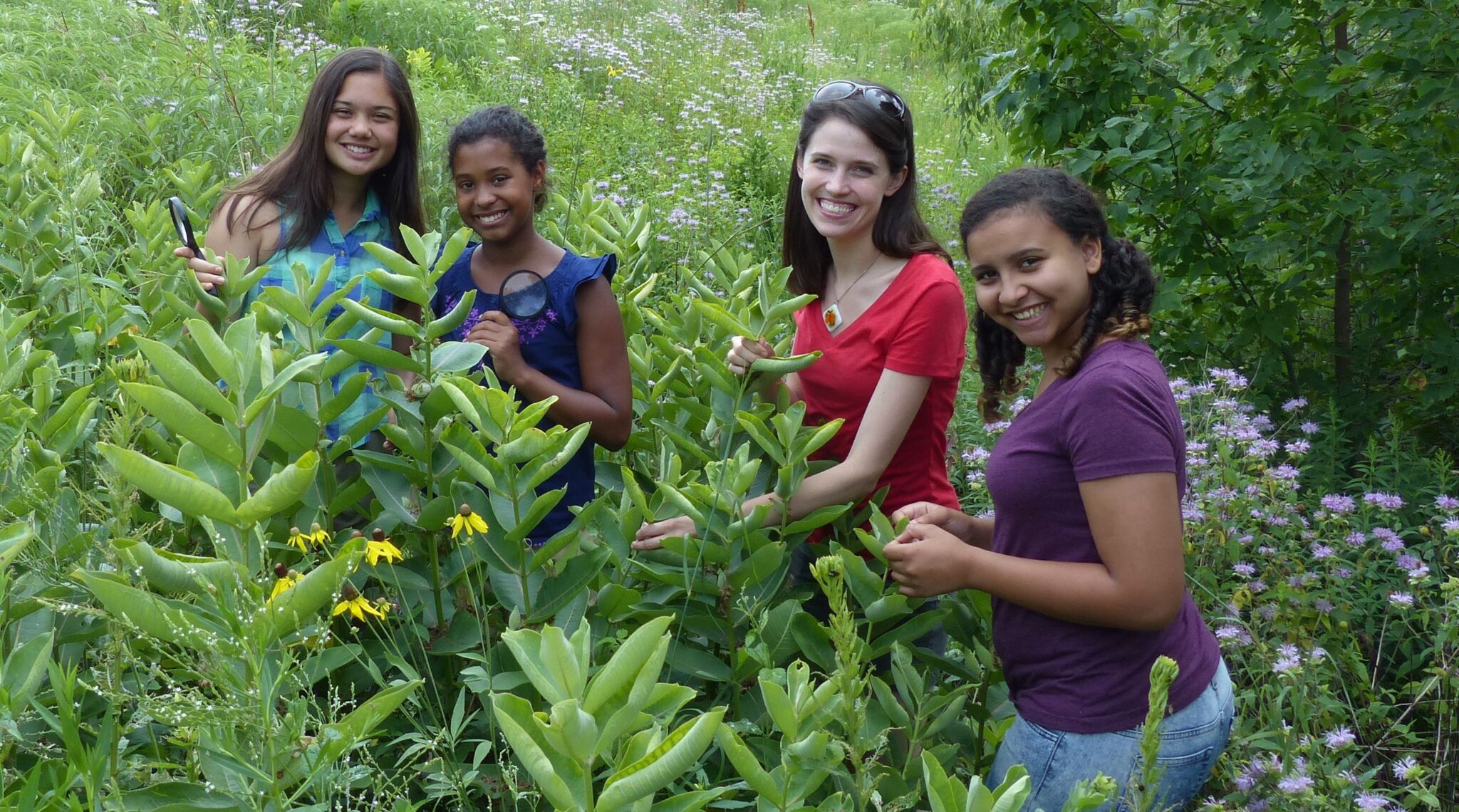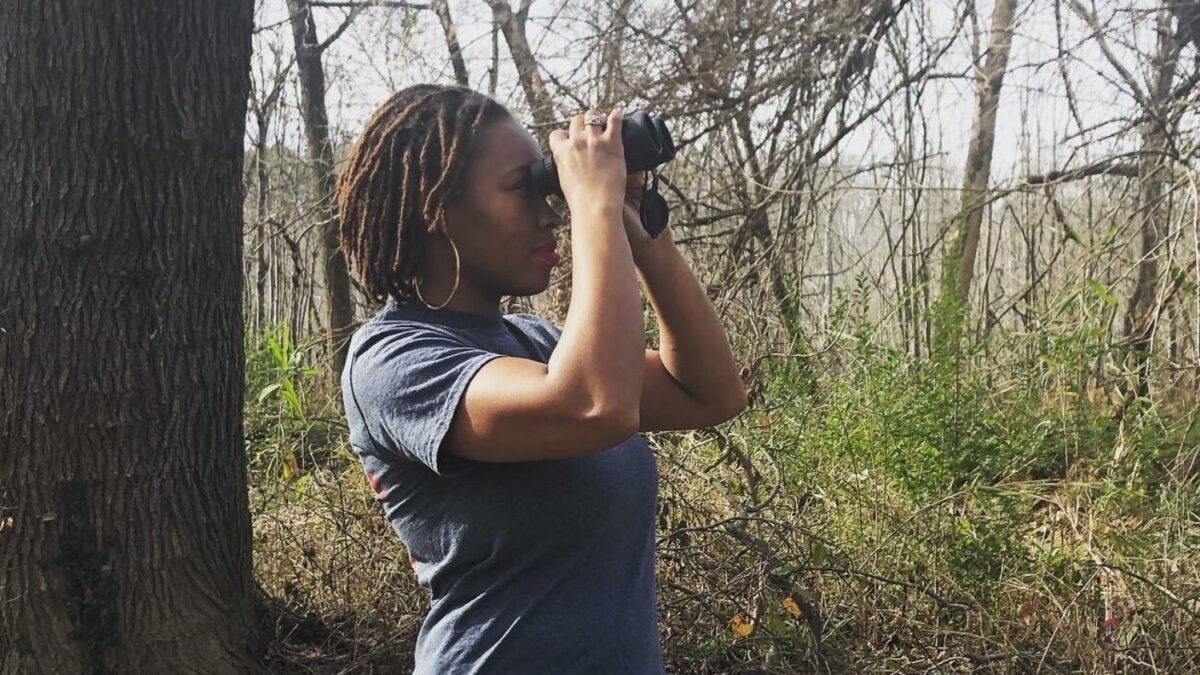The National Academies of Science, Engineering and Medicine’s report, Learning Through Citizen Science: Enhancing Opportunities by Design, synthesizes previous research on the best practices to increase participant learning through citizen science.
SCISTARTER BLOG
In 2018, the Committee on Designing Citizen Science to Support Science Learning gathered at the National Academies of Science, Engineering and Medicine to draft the 184-page report, Learning Through Citizen Science: Enhancing Opportunities by Design.
The goal of the report “[was] to say something new [about citizen science] without getting too far ahead of the evidence; something that is small enough to be precise but big enough to inspire,” said Dr. Raj Pandya, the committee chair. The committee set out to synthesize previous research on the best practices to increase participant learning through citizen science.
Now, three years later, the report has only become more relevant, as citizen science is catalyzed in virtual classrooms across the country. The COVID-19 pandemic has fueled a wave of new interest in citizen science, with parents in need of at-home science projects, and teachers on the hunt for distance learning resources. And that’s forced project leaders to reposition their initiatives to support more formal learning environments. The committee tackled these issues head-on in Learning Through Citizen Science.
A Canadian Citizen Science Summer
Five Ways to Prepare for SuperbOwl Sunday— Five More Citizen Science Projects
Citizen Science Impacts Community Science Literacy
For this report, the committee aspired to get diverse perspectives from some of the most informed citizen science researchers and practitioners and scholars of education and science learning in the United States. They wanted their report to be grounded in scientific data and distant from speculation. If this group of educators, researchers, practitioners, and scientists could define citizen science, help describe who participates (and who’s left out), and determine when project organizers provide demonstrated learning opportunities, then it might help maximize learning outcomes for all project designers and participants.
“Because citizen science broadens the scope of who can contribute to science, it can be a pathway for introducing new processes, observations, data and epistemologies to science,” the committee explained. Conversely, by “limiting the breadth of people and ideas,” the committee noted that the scientific community is limiting the points of view that seek to understand our natural world. Citizen science investigators from a variety of backgrounds will better our chance of discovering the most objective and interesting unknowns, they said.
Science literacy gets shared across networks of people with common motivations and experiences like those facing similar health crises, water contamination issues, or people sharing hunting land. By increasing community science literacy and providing opportunities to collect and share data, marginalized communities can have a stronger voice.
Before that can happen, people need to know about citizen science opportunities and resources. The report calls out SciStater’s efforts to this end, embedding its project database on partner websites like the National Science Teachers Association, PBS, Discover magazine, libraries, museums, and more. This gives families and diverse communities more opportunities to discover and engage in citizen science projects.
RELATED: STEM Summer Reading: Citizen Science Tails and Summer Tales
Good Citizen Science Project Design
A goal of the Learning Through Citizen Science report was to outline good citizen science design practices to enhance learning outcomes. Project leaders can design intentionally, making it explicit to participants that the project is a collaboration between scientists and volunteers, with both groups contributing valued perspectives. This encourages an honest exchange of information, empowerment among participants, and greater awareness among scientists.
RELATED: Four People, Four Different Paths Into Citizen Science
“You have to engage the people you are trying to work with. And you have to engage them from a perspective of equity and inclusion,” said report co-editor Kenne Dibner, Ph.D., a senior program officer with the Board on Science Education at the National Academies “That means coming at it with humility and generosity, knowing that you may need to change your design so that it works. Good design is iterative and inclusive.”
Understanding the participants can also improve project design. Most projects include both “dabblers and divers,” with some people volunteering for multiple projects. The Audubon’s 116th Christmas Bird count found that “stronger science and conservation outcomes occur when volunteers participate in multiple, varied projects.” An analysis of Biotracker, a gamified phone app for collecting leaf images, showed that competition and gamification was “a particularly important attractor for millennials.” To understand volunteer needs, projects can “leverage partnerships among scientists, [and] education researchers,” and even design projects with the participants themselves.
Finally, it’s important to intentionally design projects for education, the report showed, because data collection alone does not bring the public into the scientific process. Participants and scientists learn the most from each other when participants actively engage and receive feedback on their contributions.
To engage participants and make learning effective, the committee recommends that project designers enlist traditional educational strategies, like having learners retrieve information from long-term memory to apply in a new circumstance. Another great tool is asking learners to try things out themselves, like identifying bird species after learning its defining features. Participants can even use new tools and methods, while emphasizing aspects of the topic that volunteers find most interesting.
Learning Through Citizen Science not only synthesizes past research on citizen science design, it adds to the growing body of literature that strives to support equitable and bidirectional learning in citizen science.
Citizen science provides a direct avenue for society as a whole to participate in science and advance real research. By effectively and intentionally designing projects to support participants’ learning, we all win.
(Featured image credit: NASA Go Clouds)
About the Author
Nina Friedman
Nina Friedman researches neuroscience with the Moore Lab at Brown University. Find her on Twitter @ngfriedman138




